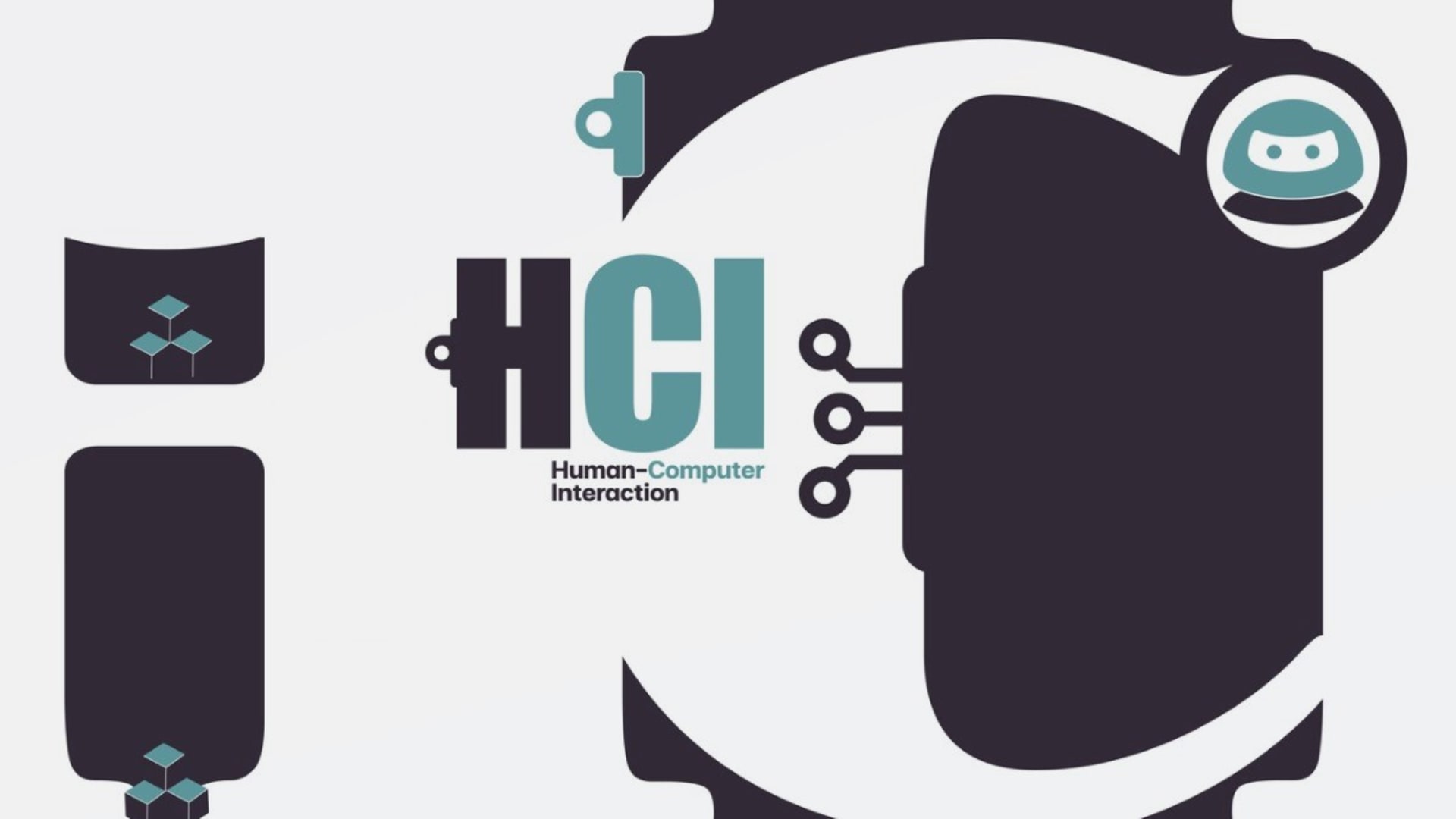The insurance and risk management sector conjures mental images of desks stacked with paperwork and lengthy, involved processes. But new technologies are primed to transform the industry, offering numerous advancements and benefits.
In particular, AI tools can bring numerous advantages to insurance, including increased accuracy and efficiency. AI technologies encompass concepts and processes like machine learning and predictive analytics, which open up a new world for insurers, who can take advantage of faster and more customized processes.
Leveraging AI in insurance can reduce human error rates, help detect fraud, and promote a more personalized approach to creating policies. Existing and emerging technologies in this space identify patterns in trends without human intervention, enabling insurance companies to build a more robust foundation for informed decision-making. Adopting AI can help businesses boost their data strategy, improve risk management, stay competitive, and push the boundaries of the industry.
Historical Background
Traditionally, the insurance sector has relied on manual, paper-filled processes. Without advanced technologies at their disposal, insurers largely depend on human judgment for tasks like assessing insurance claims, determining insurance premiums, evaluating risks, and even detecting insurance fraud.
This included not only the insurer’s historical data—paper documentation—but also physical inspections and incredibly time-consuming procedures for underwriting. Risk assessment included broad categories without capabilities for detailed analysis, while claim settlement and processing were lengthy, bureaucratic endeavors that involved numerous delays.
In other words, the industry was nowhere near as efficient and effective as was necessary.
AI and other technologies offer new approaches, alternatives to these traditional processes. This includes harnessing data analytics to evaluate risks more in-depth and with more accuracy to streamline the underwriting process, using automated claims processing instead of manual efforts, and so on. In doing so, insurers reduce the time and resources required for effective claim settlements while casting aside formerly archaic processes in favor of tech that provides new levels of accuracy, speed, and customer satisfaction.
How Artificial Intelligence is Transforming Insurance
Ushering in a new wave of innovation and efficiency industry-wide, artificial intelligence continues radically advancing the insurance sector. By replacing manual, outdated risk assessment methods with tools like machine learning algorithms and predictive analytics, companies gain the ability to analyze vast data sets. This provides insurers with the ability to create customized insurance policies through the identification of specific risk factors.
AI facilitates the automation of many processes and procedures in the insurance sector, including claims processing, customer service, fraud detection, overall security measures, and much more. Customers receive more personalized and efficient services, while insurers reduce their costs, human error margins, and processing times.
Benefits of AI in the Insurance Sector
The integration of artificial intelligence into the insurance sector has benefited both customers and insurance companies alike. Not only does AI significantly accelerate the processing of claims, thereby reducing customer wait times while increasing satisfaction rates, but it also helps companies make quick decisions based on precise data analysis. The bypassing of the common former bureaucratic delays decreases frustration for customers and companies.
Through the analysis of massive amounts of data points in real-time, AI facilitates more accurate risk assessments, which grant insurers the ability to make informed choices with greater precision than ever before. This helps pave the way for thorough policy underwriting with a data-centric approach to comprehensive evaluations.
AI also helps insurance companies create more personalized policy offerings by tailoring coverage to meet the needs and preferences of each individual customer. Predictive analytics help insurers take a more targeted approach to policies, helping ensure that they align with a client’s profile.
AI in Underwriting and Risk Management
Utilizing AI in underwriting and risk management gives insurance companies the ability to delve into vast amounts of data while evaluating a variety of variables that are often overlooked in manual processes. This creates the ability to more accurately calculate risk, thereby ensuring that policies feature fair pricing with the improved identification of potential exposures.
Insurers also gain foresight into future claims thanks to the predictive modeling capabilities of AI—with accuracy previously thought to be unattainable. Analyzing data trends and patterns creates the ability to anticipate likely scenarios, thus mitigating risks proactively. This foresight allows insurers to create tailored policies based on individual risk profiles while minimizing losses. AI empowers risk management and more informed and effective strategies.
Artificial Intelligence in Claims Processing
Ushering in new age of unprecedented accuracy and efficiency, AI adoption continues making big waves in the world of claims processing in insurance. Chatbots and virtual assistants powered by AI are central to these advancements because they interact with customers in real-time. These customer service tools have the ability to guide customers through the necessary procedures while gathering any necessary information. They can streamline communications while ensuring the correct logging of claims from the start of the case to minimize errors and delays.
In addition, AI aids in the reduction of fraudulent claims through the implementation of algorithms trained to detect anomalies. Through the meticulous analysis of claims, AI-powered tools pinpoint unusual patterns, discrepancies, and activity as potential indications of fraud. Flagging these anomalies means that insurers can resolve issues before they escalate, saving both themselves and consumers time an money. This fosters a much more secure and trustworthy claims process.
Automated systems backed by AI also allow for considerably faster processing times by rapidly analyzing and settling claims without any bureaucratic delays. This curtails operational costs for companies while greatly improving customer satisfaction rates thanks to faster responses and resolutions.
Customer Personalization with AI
Customers of today don’t want a one-size-fits-all approach to their insurance policies, which is why AI continues to revolutionize the structure and offering of policies. Sophisticated algorithms are used to meticulously scrutinize individual data as well as the many factors involved in risk and policy pricing.
This helps insurers create tailor-made insurance policies for each of their customers to enhance customer retention rates. These policies resonate with each customer’s particular circumstances to foster more trust and value in the insurer. With the power of AI, the insurance industry continues moving toward a time when customer personalization is a standard practice instead of a luxury.
Ethical Concerns in AI Insurance
Although AI offers incredible benefits within the insurance and risk assessment industry, it does pose rather substantial ethical concerns as well. A top issue is data privacy. AI’s power lies in its ability to analyze huge data sets, which creates the potential for infringement on individuals’ privacy rights throughout the collection and analysis of these substantial sets of private data.
AI systems also have the ability to perpetuate existing biases. This is called algorithmic bias, and it’s another risk companies can’t ignore. Without careful monitoring and adjusting, these systems could lead to unfair claim evaluations or policy pricing.
Trust is a major factor between any insurer and the insured parties, and AI may create a trust deficit between the two parties because of a lack of transparent policies. As the insurance industry moves forward with AI, every company must learn how to successfully navigate the ethical implications of the technology to remain fair and transparent with their clients.
Data Privacy and Security
Safeguarding customer data remains the top priority with any technology. This is certainly true when you pair AI and the insurance sector.
The very nature of the industry means that companies have access to vast amounts of personal information. When they use AI-powered technologies, this can create heightened risks. From potential data breaches to unauthorized access, there are—unfortunately—too many opportunities to infringe on individuals’ privacy and financial security. Companies can face serious repercussions if breaches occur.
The recognition of these potential issues gave the industry the ability to employ robust measures to better ensure data security and privacy. With security protocols like multi-factor authentication, stringent data handling policies, and the utilization of encryption, companies help protect their customers’ sensitive data from cyberattacks. Many regulatory frameworks oversee the ethical utilization of customer data with regular updates and continual evolution.
Bias in AI Models
Dealing with biases is a part of working with any artificial intelligence technology. Biases in AI happen inadvertently through the use of skewed or non-representative training data, which the systems then replicate and amplify existing inequalities or prejudices.
This sometimes manifests as unfair risk assessment, unjust claim rejections, or discriminatory pricing. Overall, it creates distrust and weakens relationships with clients
With this in mind, insurance companies must remain vigilant in the proactive identification and elimination of biases in AI models in order to fairly serve each and every client.
Transparency and Trust
Although the use of AI in insurance leads to greater innovation and revolutionizes many areas of the industry, the “black box’ nature of some AI models remains a point of conflict. To avoid this lack of transparency, companies must make the decision-making processes easy to understand and transparent to the average customer. Without it, the lack of insight erodes customer trust while breeding skepticism in the public eye.
Most insurance companies feel the gravity of the implications of implementing AI models and understand just how important it is to foster transparency when they use them. They must take strides to ensure that customers understand how the decisions they make affect them. The US government is currently working on legislation frameworks to regulate AI as well.
By helping customers understand the complex algorithms used on or with their data, insurers build a relationship with a foundation of trust while ensuring that every customer feels not only secure but valued and understood. They should rest assured with the sound knowledge that decisions regarding their lives remain fair and just.
Future of Artificial Intelligence in the Insurance Industry
Artificial intelligence continues to offer promising advancements in the insurance and risk management industry by continually refining and reshaping operations. As the tech continues evolving in terms of sophistication and capabilities, the industry should only expect even more streamlined processes, enhanced predictive analytics, and further insights into risk management procedures.
However, as this technology progresses even further, companies must strive to steer clear of any potential pitfalls and repercussions associated with advancements in AI while proactively balancing innovation with responsibility. The future of the combination of AI and insurance looks like a new era of reliability and excellence with more secure and inclusive offerings.
Predictions for the Next Decade
Over the next decade, experts expect to see an explosion of data from connected consumer devices. Cars, fitness trackers, smartphones, and home assistants. This translates into new product categories and other benefits.
In the insurance industry and beyond, we should also expect open-source protocols to ensure increased sharing and higher usage of data across niches, as well as common regulatory and cybersecurity frameworks. Other probable advancements include better fraud detection, improved risk assessments, expedited claims assistance, and real-time policies.
The Role of Continuous Learning
Continuous learning plays a vital role in any AI-powered technology. Continually evolving AI models have the ability to adapt and learn from new data to align risk assessments and policy offerings with the changing customer preferences and environments. By feeding AI models new information to learn from, companies can take a dynamic approach to a more responsible and flexible strategy while catering to emerging customer needs and trends.
Staying on top of tech advancements when dealing with AI isn’t just a beneficial practice but an essential part of the technology. Incorporating new developments into AI models allows developers to constantly refine the tools to meet the highest, most up-to-date standards for efficiency and customer satisfaction.
Conclusion
The meteoric rise of the use of artificial intelligence across a variety of business sectors started a new age of innovation and technology. In the insurance industry, AI continues to revolutionize traditional methods of business, including risk assessment and claims processing, to help foster an environment of more personalized customer experiences.
With its advanced capabilities and uncapped potential, AI offers promising opportunities for streamlining operations, automating processes, and creating personalized policy offerings. This incredible technology promises a future of elevated customer satisfaction and efficiency.
As companies navigate the technological advancements of AI, they must remain vigilant in proactively addressing important concerns like biases in AI models, data privacy, and transparency in order to build trust with customers. Continuous learning and regulatory frameworks offer options for more security as well.
It’s critical that companies remain engaged and informed about new developments in artificial intelligence and machine learning to further shape their insurance and risk management offerings with responsive and ethical technologies.
FAQ
How does AI ensure fair risk assessment?
AI development services use unbiased data training and regular model updates to ensure fair risk assessment. To successfully mitigate any inherent biases in AI algorithms, companies must utilize diverse and representative data sets to foster a fair evaluation process. Continuous learning also helps facilitate the incorporation of evolving trends and fresh insights to maintain a higher standard of fairness and accuracy.
Will AI replace human jobs in insurance?
AI is unlikely to replace humans’ jobs in insurance. Instead, it complements human roles. For example, AI has the ability to handle repetitive tasks for humans, thus allowing them to focus on tasks requiring human judgment and empathy.






